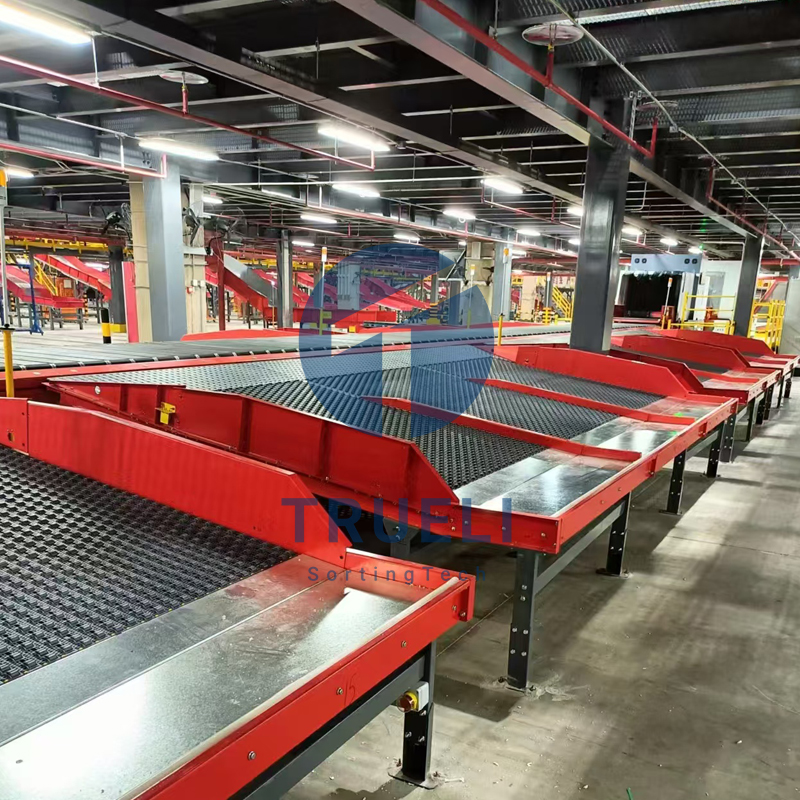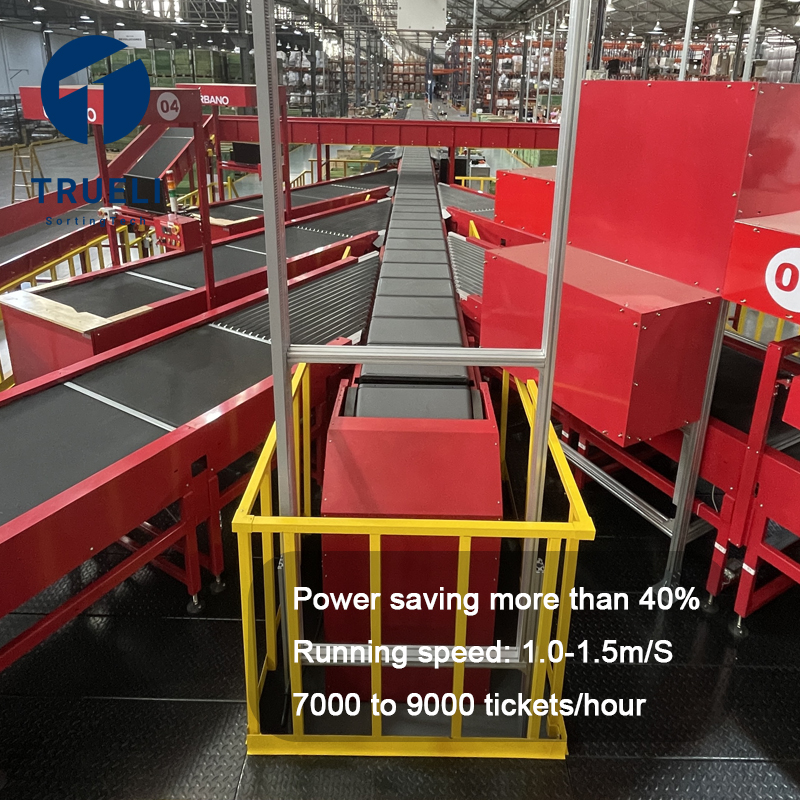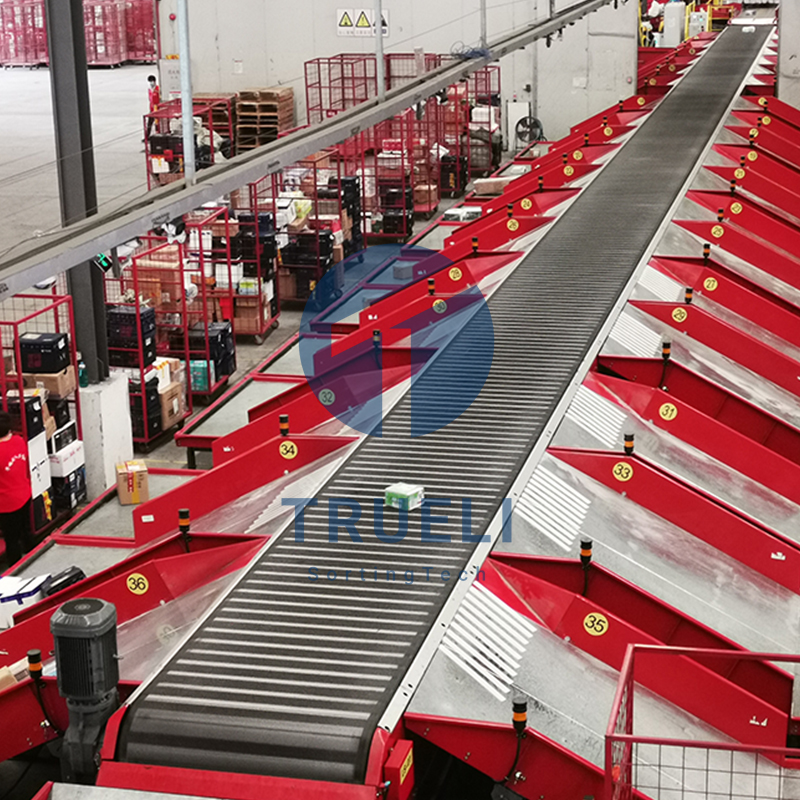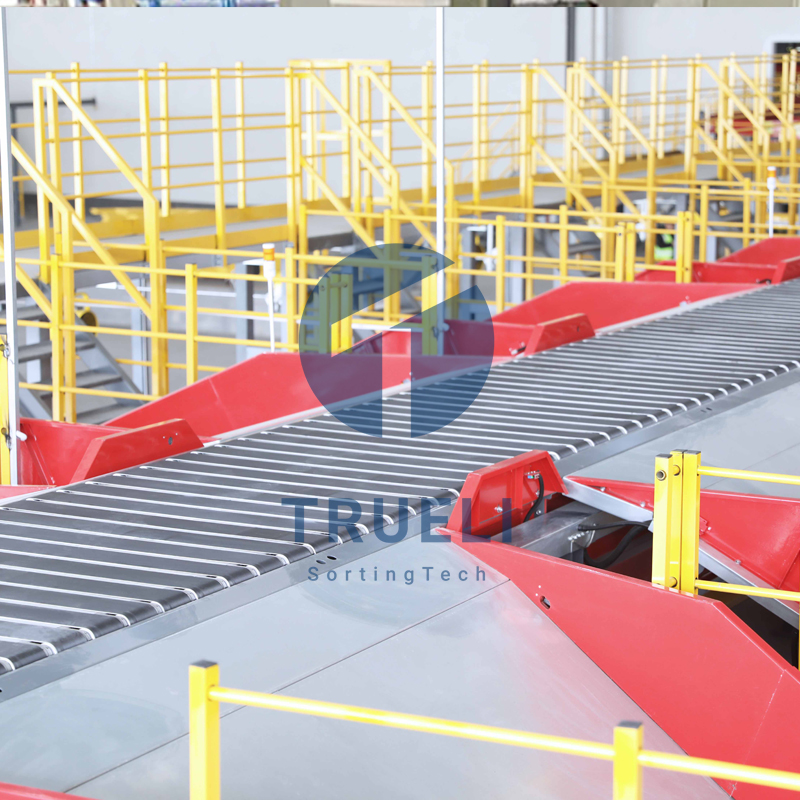As e-commerce continues to grow at an exponential rate, the logistics and supply chain industry must evolve to keep pace with demand. One of the most significant advancements in this space is warehouse automation. By integrating cutting-edge technologies like Artificial Intelligence (AI), robotics, and Internet of Things (IoT) devices, warehouses are becoming smarter, more efficient, and cost-effective.
Automation Benefits:
-
Increased Efficiency: Automated systems can work around the clock, drastically reducing the time it takes to pick, pack, and ship products. AI-powered robots and conveyors streamline the entire operation, reducing human error and improving overall productivity.
-
Improved Accuracy: Automation reduces the likelihood of mistakes during order fulfillment. With precise inventory tracking and real-time data analytics, warehouses can achieve near-perfect accuracy rates.
-
Cost Reduction: While the initial investment may be high, the long-term cost savings are significant. Automation reduces the need for human labor, minimizes waste, and enhances supply chain visibility, which allows businesses to optimize resources and reduce unnecessary costs.
-
Scalability: Automated warehouses can easily adapt to fluctuations in demand, such as seasonal peaks. As consumer behavior shifts, automated systems can handle increased volumes of orders without the need for drastic infrastructure changes.
Challenges to Overcome:
Despite the clear benefits, there are still some hurdles that businesses must overcome when adopting automation in their warehouses. These include:
-
Initial Costs: The upfront investment in automation equipment and software can be significant, which might be a barrier for small to mid-sized companies.
-
Integration: Integrating new automation systems with legacy systems can be complex and time-consuming.
-
Workforce Transition: While automation can reduce labor costs, it also means that certain jobs may become obsolete. Companies need to focus on retraining workers for more specialized roles in the evolving logistics ecosystem.
In conclusion, warehouse automation is transforming the logistics landscape. Companies that embrace these advancements will not only stay competitive but will also be positioned for long-term success in the rapidly changing e-commerce environment.





